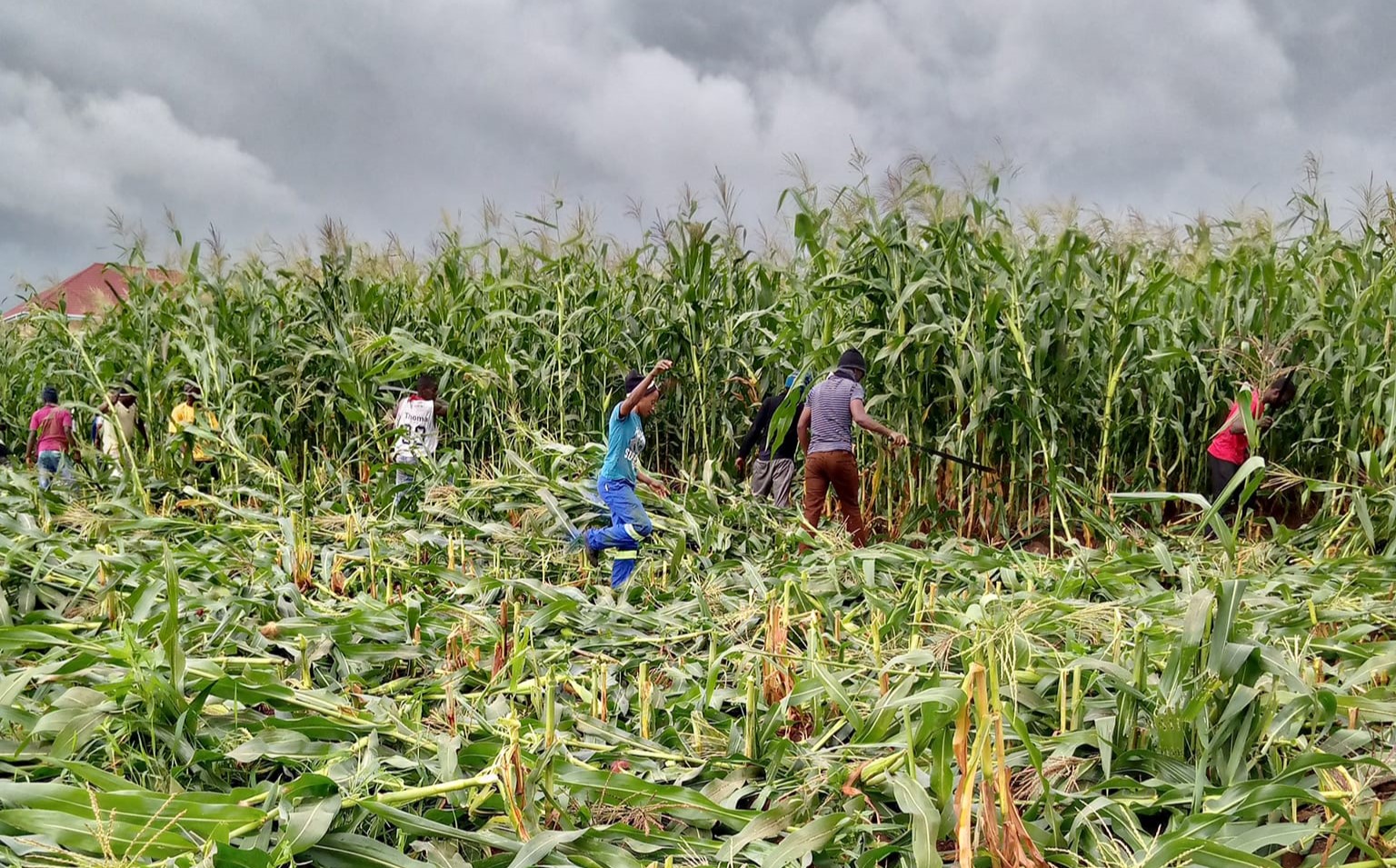What did K100bn yield?
First, I know that a good chunk of that amount went into the pockets of corrupt government officials, chiefs and other contracted workers, probably up to 30 percent of the budgeted resources if I can rely on the findings of a former Malawi Government Director of Public Prosecutions (DPP).
Second, I am convinced that households consumed most of the resultant bumper harvests, especially maize, with any proceeds from the few kilogrammes sold, going to consumption-related family purchases.
Then, there were the acts of benevolence to starving regional neighbours such as Zimbabwe, Lesotho and Swaziland where we sent tonnes of maize without receiving a penny in return.
We even sent tonnes of rice to disaster hit Haiti in January 2010, what with the food security accolades that we received and our new found place in the club of global food baskets! We just had to show the world that we are the new donors on the block.
After all, isn’t it us who have a full sun on our national flag depicting the zenith stage of development we had just reached?
We were flying so high we forgot we will need to land on earth one of these days. What all this proved is that we treated our subsidy spending not as an investment, but a luxury cash-splash designed to put food on the table of households, add a few percentage points to our growth figures, dazzle the world and, of course, woo the rural voter.
I mean, my late grandmother in Karonga (may her soul rest in eternal peace) used to brew traditional opaque beers like chipumu and khangala for sale. She never gave it to anyone, not even members of the family, for free.
But no, the government was only interested in the output, no matter how much it cost, without figuring out what would happen in the case of dry spells such as the ones we are having this season in most parts of the country, especially the Southern Region.
Then in the 2011/12 farming season, it looks like the effects of drought, which even tens of billions of kwacha in subsidies cannot cure, are beginning to bare their ugly heads.
Also on display is the embarrassing lack of a sustainable strategy from the beginning of the initiative to make the programme pay for itself in future. Even the Greenbelt Initiative started too late to irrigate into life most of the scorched and subsidy- fertilised crops cowering under the cruel sun.
And after living in denial for several months, Bingu wa Mutharika finally accepted in Zomba this week that crop production will be disastrous this year.
Now, agriculture in Malawi plays a critical role in the country’s economy, accounting for around 39 percent of GDP, 85 percent of the labour force and more than 80 percent of foreign exchange earnings. Even to a non-economist, this is further proof that economic growth in 2012 will be severely depressed and could even slip into recession if nothing is done.
Furthermore, some experts say that GDP growth driven by agriculture is at least twice as effective in reducing poverty as GDP growth emanating from other sectors. That explains why the number of people living on less than a dollar per day dropped from more than 50 percent in 2005 to about 40 percent in 2010.
Even income per capita jumped from $160 to around $350 during the period, which also covers the time the Fisp was being implemented. Apart from rising individual incomes and reduced poverty rates, high agricultural output brought general improvements in food security at household and national level.
All these gains are in danger of being wiped this year simply because as a country, we did not mitigate against the risks the subsidy investments could be exposed to. Government knew that the highest ranked risk is drought, yet they talked about irrigation in offices, but somehow could not get round to taking the ideas outside Capital Hill until it was too late.
Indeed, government gave away expensively produced maize without thinking about what would happen in the likely event of future crop failures. Already, Admarc is rationing maize. That is always a bad sign.
And at a time when high fuel prices, a weakened kwacha, burdensome taxes and donor aid freeze are already fuelling inflation to erupt towards double digits, food shortages will just suck the little air remaining in an economy that is already gasping for breath.
Am I the only one seeing 2005 and 2001/02 coming back to haunt us?



